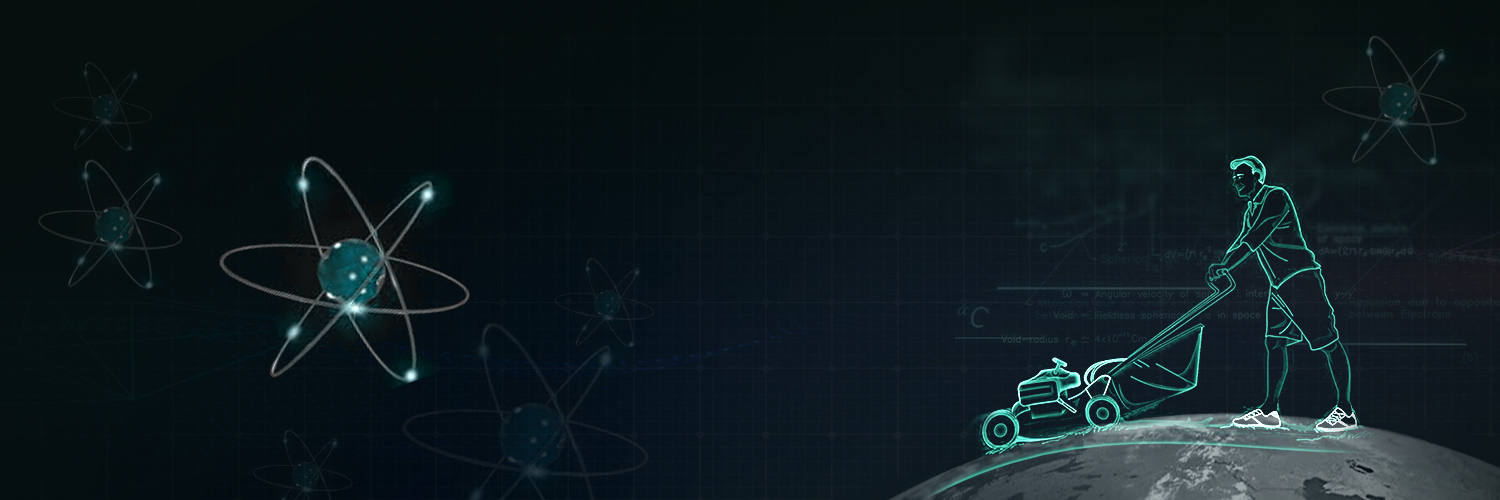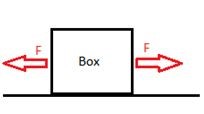
Linear momentum p = mv
Squaring both sides and dividing by 2 we get,
So if two bodies having different masses have same kinetic energy than the one with lighter mass has smaller momentum.
Newton’s second law of motion states that: The rate of change of momentum of a body is directly proportional to the applied force, and takes place in the direction in which the force acts.
Consider the following situation:

Observations from the situation:
The rate of change of velocity is called acceleration.
Greater the force, greater is the acceleration. This indicates some relation between force and acceleration which is given by Newton’s Second Law.
in it.

Force exerted by B on A is:
According to Newton’s third law of motion,
Action = – Reaction
Total momentum before collision = Total momentum after collision.
Thus total momentum of the two bodies is conserved provided no external force acts on them. This proves the law of conservation of momentum.